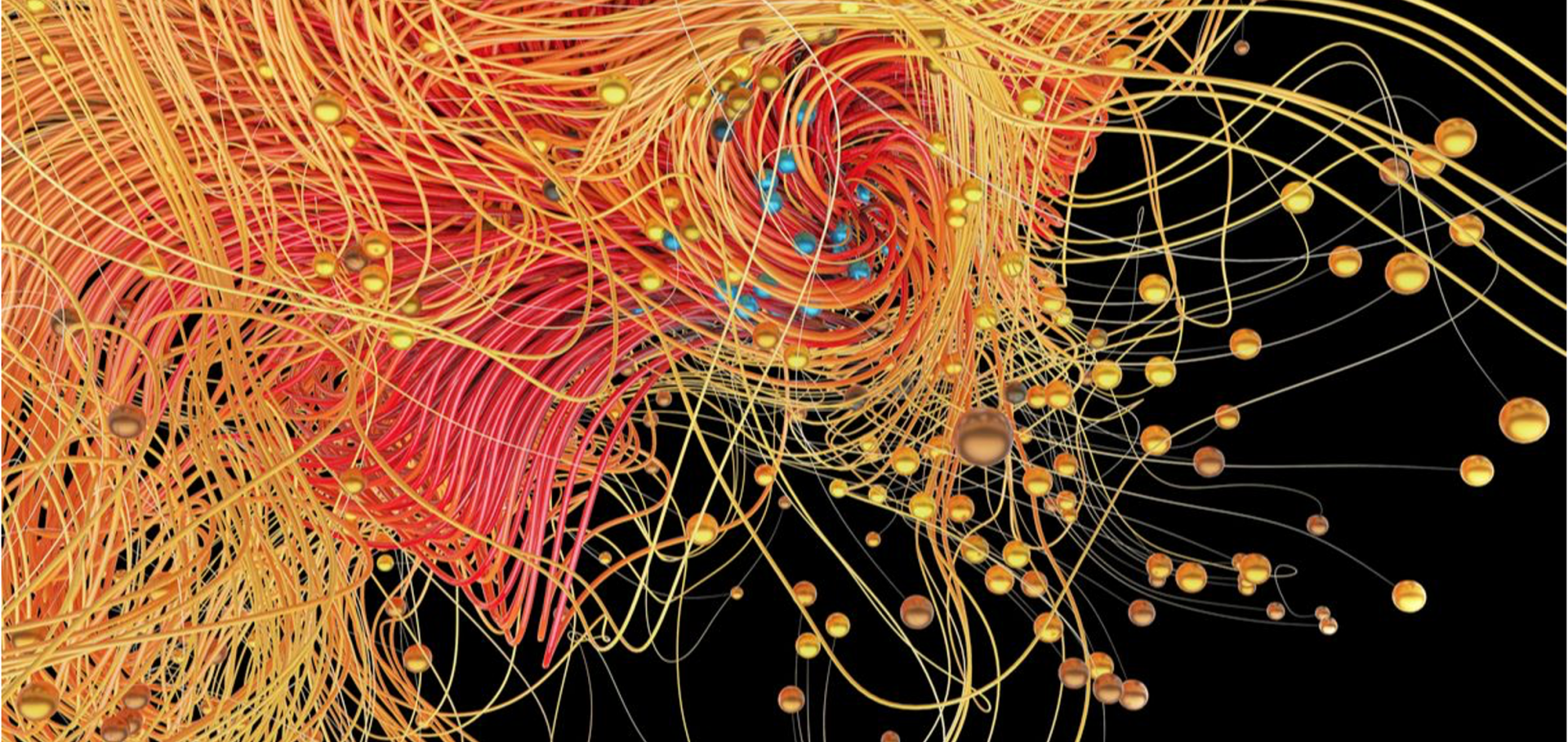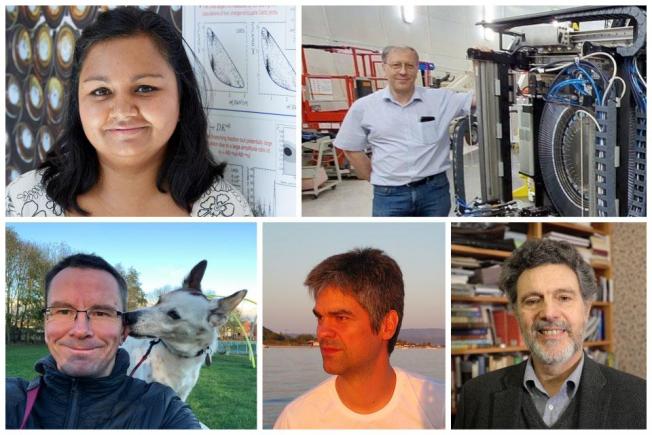Low-energy spin fluctuations in YBa2 Cu3 O6.1 and ErBa2 Cu3 O6+x A Cu (1) T1 NQR study
Physica C: Superconductivity and its applications 226:3-4 (1994) 301-310
Abstract:
63Cu(1) NQR signals and their relaxation have been measured in YBa2Cu3O6.1 and ErBa2Cu3O6+x at temperatures between 10 K and 300 K. In YBa2Cu3O6.1 a peak is observed in the spin-lattice relaxation, T1-1, around 140 K. An explanation in terms of doped-hole motion is presented and alternative O(4)-O(5) diffusion mechanisms are critically discussed. In ErBa2Cu3O6+x the low-temparature T1-1 is dominated by magnetic fluctuations of Er; quantitative agreement is found when the correct ground state and magnetic dynamic properties of the rare earth are taken into account. © 1994.Evidence of apical oxygen in Nd2CuOy determined by single-crystal neutron diffraction.
Phys Rev B Condens Matter 49:21 (1994) 15322-15326
Miscibility gap in electrochemically oxygenated La2CuO4+ delta.
Phys Rev B Condens Matter 49:9 (1994) 6239-6245
Pressure-induced structural changes in superconducting HgBa2 Can-1 Cun O2n+2+δ (n = 1, 2, 3) compounds
Physica C: Superconductivity and its applications 221:1-2 (1994) 1-10
Abstract:
The crystal structures of superconducting HgBa2CuO4+δ and HgBa2CaCu2O6+δ have been investigated with a pressure up to 0.6 GPa and HgBa2Ca2Cu3O8+δ to 9.2 GPa by neutron powder diffraction. The compressibility along the c-axis is nearly the same for the three compounds and up to two times larger than the compressibility along the a-axis. The one-layer compound, HgBa2CuO4+δ, shows the largest a-axis compressibility, while HgBa2Ca2Cu3O4+δ shows the smallest compressibility. The bond compressibilities of HgBa2CuO4+δ and HgBa2CaCu2O6+δ are significantly different from HgBa2Ca2Cu3O8+δ bond compressibilities. In the one- and two-layer compounds the largest bond compressibility was the Cu-O2 (apical) bond distance, while for the three-layer compound it was the Hg-O2 bond distance. © 1994.Roles of oxygen defects in copper oxide superconductors
Journal of Superconductivity 7:1 (1994) 145-149



